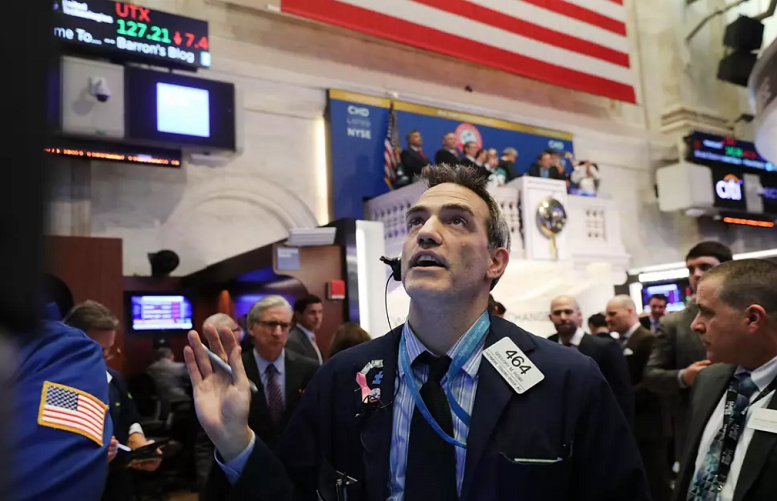The Dow Jones seems to be attempting a fragile recovery today after yesterday’s crash which saw it experience its steepest drop in over six years. At its worst, it was down 1,500 points and ended trading on -4.6%. Today, peak growth was measured at 1.64%, though it sits at 0.20% at the time of writing. Nonetheless, charts are showing a general, if fragile, upward trend punctuated by peaks and troughs. 13 of the 30 publicly-traded companies that make up the average are back in the green after yesterday’s sea of red.
At 2:35 PM, just before yesterday’s free-fall, the Dow sat at 24,970.98 points before bottoming out at 24,104.14. At the time of writing, we are seeing 24,296.97. Clearly, the Dow has a bit of a way to go before it regains lost ground, but it’s something.
The news should relieve investors across the globe as fears began to bubble yesterday that a global sell-off was just around the corner amid fears of rising interest rates and inflation. The US market, including the S&P 500, was not the only one that suffered; indexes in Asia and Europe also fell in response. General consensus pins a large portion of the blame on a U.S. jobs report which showed high employment and wage increases. Although this sounds positive initially, it sparked fears of inflation.
In any case, not all investors are particularly panicked by yesterday’s fall which, although startling, is pretty normal in the grand scheme of things. In fact, some analysts will even advise that now is a good time to buy in as prices are lower. In addition, the fall may have been purely correctional. We have seen a general strong rise in the U.S. economy over the past year and particularly towards the end of 2017. The slump may help analysts to now make more accurate market predictions, with more to go on than a constant upwards spike. And even considering the Dow’s performance yesterday, prominent figures such as Vice President Mike Pence and Gregory Draco, chief U.S. economist at Oxford Economics, are saying that the U.S. economy has “strong fundamentals”.
So, as usual, it seems the best advice at the moment is not to panic and hold-on through what many perceive to be natural market behavior, even if it is a little excessive.
Featured image: Evening Standard











